The Evolution Of Visual Fidelity: Exploring The Impact Of High-Graphics In Online Games
The Evolution of Visual Fidelity: Exploring the Impact of High-Graphics in Online Games
Related Articles: The Evolution of Visual Fidelity: Exploring the Impact of High-Graphics in Online Games
Introduction
With enthusiasm, let’s navigate through the intriguing topic related to The Evolution of Visual Fidelity: Exploring the Impact of High-Graphics in Online Games. Let’s weave interesting information and offer fresh perspectives to the readers.
Table of Content
The Evolution of Visual Fidelity: Exploring the Impact of High-Graphics in Online Games
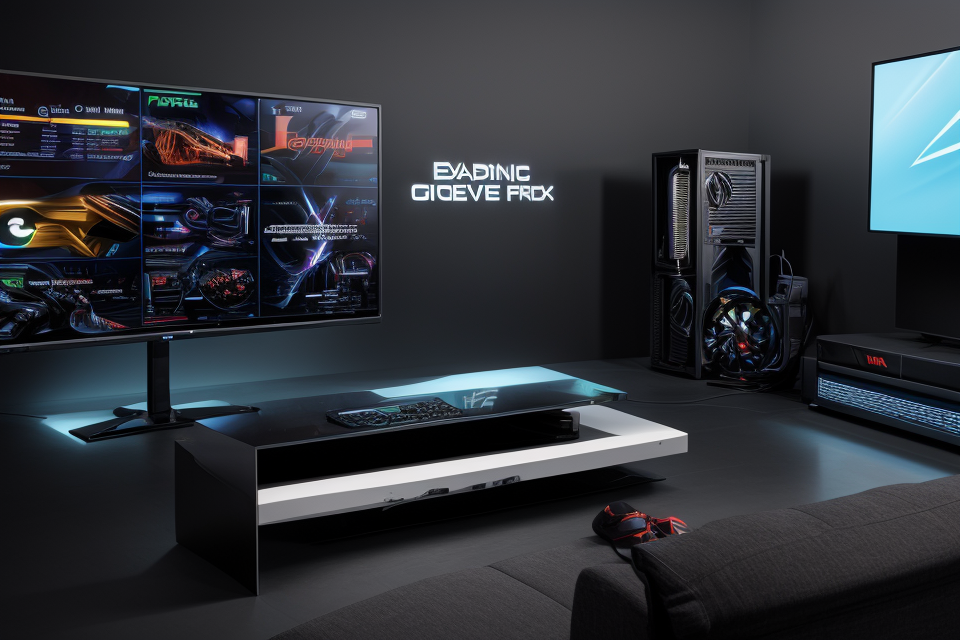
The realm of online gaming has undergone a remarkable transformation, driven by the relentless pursuit of visual realism. From the pixelated landscapes of the early internet to the photorealistic worlds of today, the evolution of graphics has been a defining force in the industry’s growth and appeal. This article delves into the intricate interplay between high-fidelity graphics and online gaming, exploring its historical trajectory, technical underpinnings, artistic considerations, and the profound impact it has on the player experience.
A Journey Through Time: The Rise of Visual Realism
The dawn of online gaming witnessed rudimentary graphics, often limited by the technological constraints of the era. Games like "Doom" and "Quake" ushered in the era of 3D graphics, but they were still far from the photorealistic depictions we see today. The early 2000s marked a turning point, with games like "EverQuest" and "World of Warcraft" pushing the boundaries of graphical fidelity. The introduction of advanced rendering techniques, more powerful hardware, and increasing internet bandwidth enabled developers to create immersive worlds with intricate details, complex lighting, and believable characters.
This evolution continued unabated, with each generation of consoles and gaming PCs bringing significant advancements in graphical capabilities. The advent of high-definition (HD) resolutions, advanced lighting models like HDR (High Dynamic Range), and the adoption of technologies like DirectX and OpenGL further propelled the industry forward. Modern games like "Cyberpunk 2077" and "Red Dead Redemption 2" showcase the pinnacle of visual fidelity, blurring the lines between reality and virtual worlds.
Beyond the Pixels: The Technical Foundation of High-Graphics
The pursuit of visual realism in online games necessitates a deep understanding of the technical underpinnings that drive these experiences. The following key elements play a crucial role in achieving high-fidelity graphics:
- Rendering Engines: These software programs translate 3D models and textures into images that are displayed on the screen. Advancements in rendering techniques, such as ray tracing, have significantly improved the realism of light and shadow interactions.
- Hardware: The power of the underlying hardware, including graphics processing units (GPUs) and central processing units (CPUs), directly influences the complexity and fidelity of the graphics that can be rendered. The constant evolution of hardware technology has allowed for increasingly demanding graphics capabilities.
- Shaders: These small programs control how light interacts with surfaces and materials, creating realistic effects like reflections, refractions, and shadows. The complexity and sophistication of shaders directly impact the visual quality of a game.
- Textures: These digital images are applied to 3D models to create surface detail and visual appeal. High-resolution textures, often exceeding 4K resolution, contribute significantly to the overall realism of a game.
- Lighting: Realistic lighting is essential for creating an immersive atmosphere. Techniques like ambient occlusion, global illumination, and HDR lighting enhance the depth and realism of a scene.
The Artistic Vision: Crafting a Visually Stunning Experience
While the technical aspects are crucial, the artistic vision behind high-graphics in online games is equally important. Game developers and artists work in tandem to create compelling worlds that are not only visually stunning but also engaging and immersive. This involves:
- Art Direction: A clear artistic vision guides the design of the game’s environments, characters, and overall aesthetic. This vision determines the style, tone, and artistic direction of the game world.
- Character Design: Creating believable and visually appealing characters is essential for player immersion. This involves careful attention to anatomy, facial expressions, and clothing details.
- Environmental Design: Crafting detailed and immersive environments is crucial for creating a sense of place and wonder. This involves the use of textures, lighting, and other visual elements to create a cohesive and believable world.
- Animation: Smooth and realistic animations bring characters and environments to life. Techniques like motion capture and advanced rigging allow for lifelike movement and interactions.
- Sound Design: Sound plays a crucial role in creating an immersive experience. High-quality audio effects and music enhance the overall atmosphere and realism of a game.
The Impact of High-Graphics on the Player Experience
The pursuit of visual fidelity in online games goes beyond mere aesthetics. High-graphics have a profound impact on the player experience, enhancing immersion, engagement, and storytelling:
- Immersion: By creating visually stunning and believable worlds, high-graphics enhance the player’s sense of immersion, making them feel truly present in the game world.
- Engagement: Visually captivating environments and characters keep players engaged and invested in the game world. Detailed graphics can also create a sense of wonder and exploration.
- Storytelling: High-graphics can enhance storytelling by providing a more immersive and visually compelling platform for narrative delivery. Detailed environments and characters can add depth and meaning to the story.
- Social Interaction: In online games, visual fidelity can enhance social interactions by allowing players to create unique and expressive avatars. The ability to customize and personalize characters fosters a sense of community and shared identity.
- Accessibility: While high-graphics can enhance the player experience, it’s important to consider accessibility for players with visual impairments. Game developers are increasingly incorporating features like colorblind modes and other accessibility options to ensure inclusivity.
FAQs Regarding High-Graphics in Online Games
Q: What are the drawbacks of high-graphics in online games?
A: While high-graphics offer numerous benefits, they also come with certain drawbacks:
- Hardware Requirements: High-fidelity graphics require powerful hardware, which can be expensive for players.
- Performance Issues: Running games with high-graphics settings can strain hardware, leading to performance issues like stuttering and frame rate drops.
- Development Costs: Creating high-graphics games is resource-intensive and expensive, which can impact the budget and development time of a game.
- Accessibility Concerns: Players with older hardware or limited internet bandwidth may not be able to fully experience high-graphics games.
Q: Is high-graphics always necessary for a good online game?
A: High-graphics are not a guarantee of a good online game. Gameplay mechanics, story, and overall design are equally important. Many successful online games have achieved critical acclaim and popularity with simpler graphics, focusing on other aspects of the player experience.
Q: How can I improve the graphics of my online game?
A: Improving the graphics of your online game depends on your specific needs and resources. Here are some general tips:
- Upgrade Hardware: Consider upgrading your graphics card, CPU, and RAM for better performance.
- Optimize Game Settings: Adjust graphics settings within the game to find the best balance between visual quality and performance.
- Use Mods: Some games allow for mods that can enhance graphics, but ensure they are compatible with your game version.
- Consider Cloud Gaming: Cloud gaming services can stream games with high-graphics settings without requiring powerful hardware.
Conclusion: The Enduring Pursuit of Visual Realism
The pursuit of visual realism in online games has been a driving force in the industry’s evolution, pushing technological boundaries and creating immersive and engaging experiences for players. While high-graphics offer numerous benefits, it’s essential to acknowledge the technical challenges and artistic considerations involved in achieving this level of fidelity. The future of online gaming promises even more advancements in visual technology, blurring the lines between virtual and real worlds further. As developers continue to refine their craft, the pursuit of visual realism will undoubtedly remain a cornerstone of the online gaming experience.

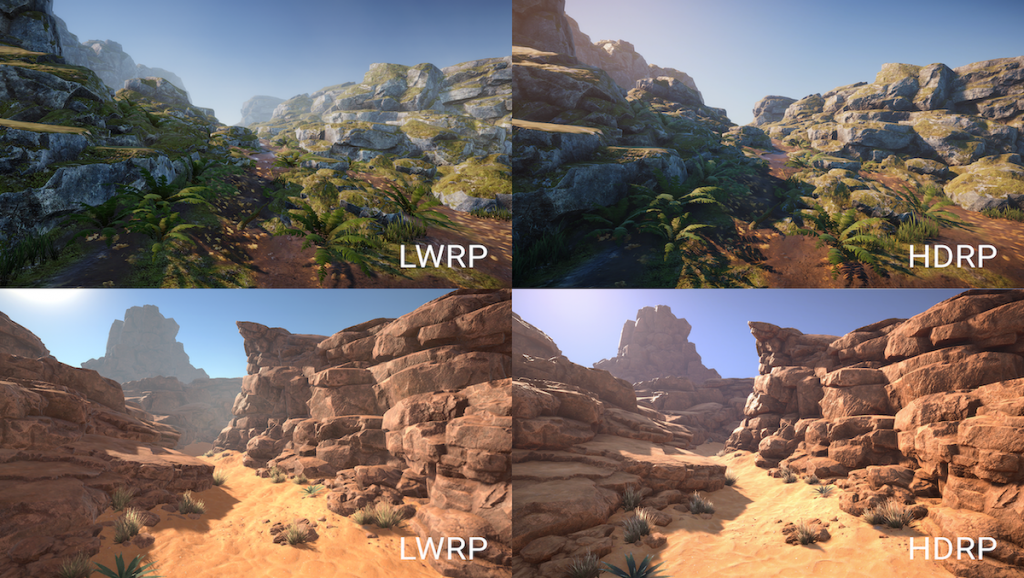
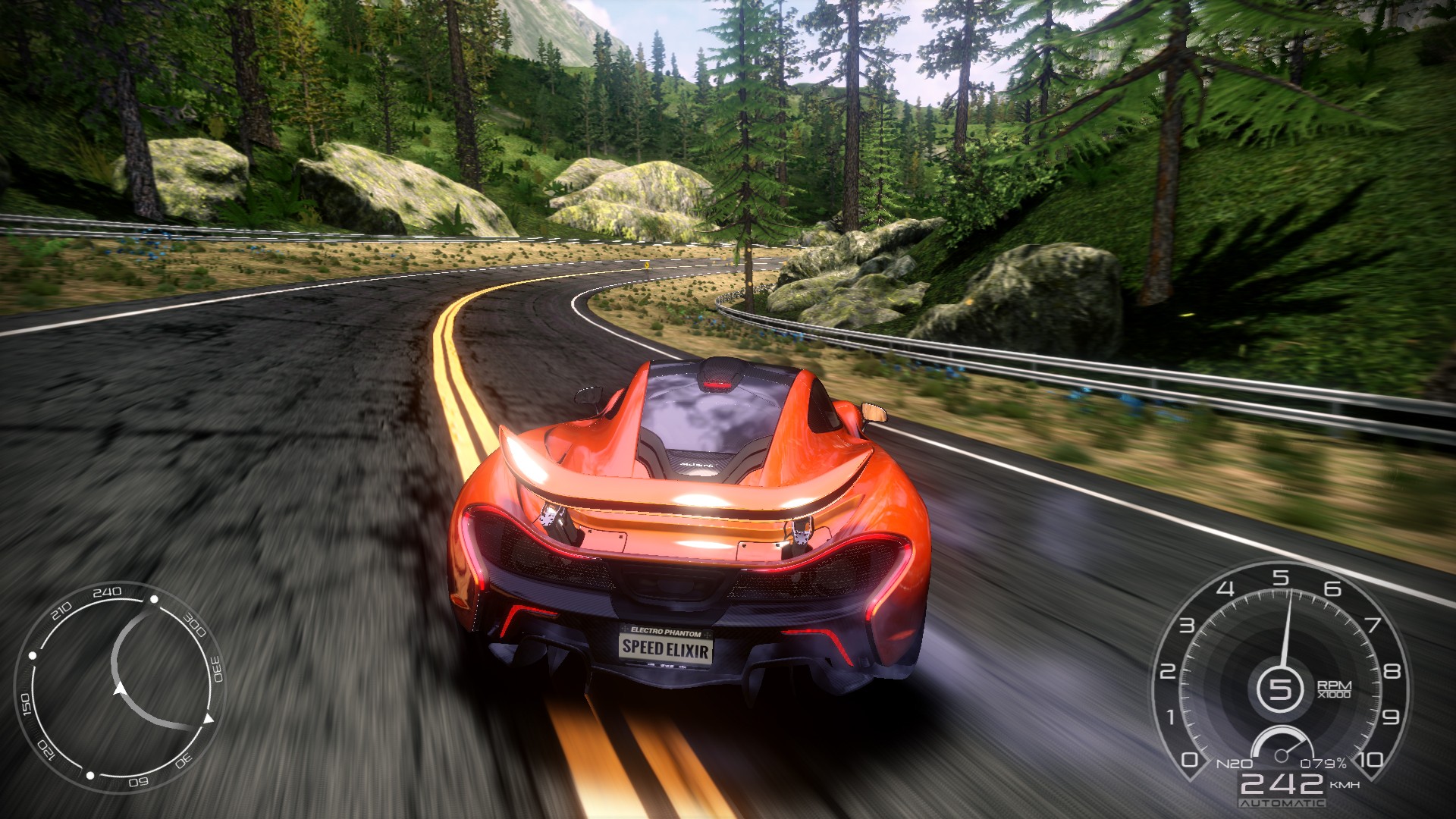

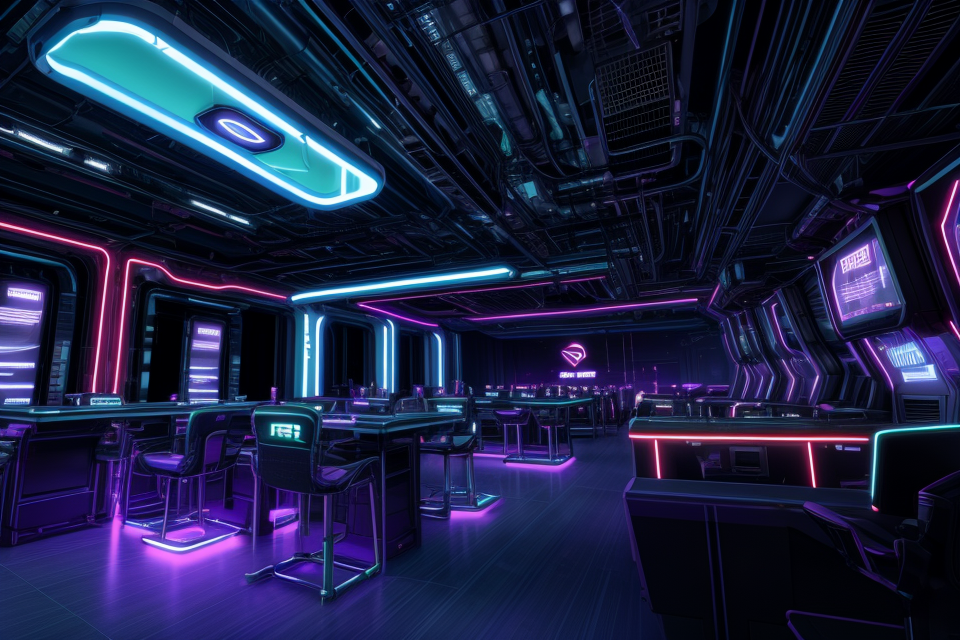


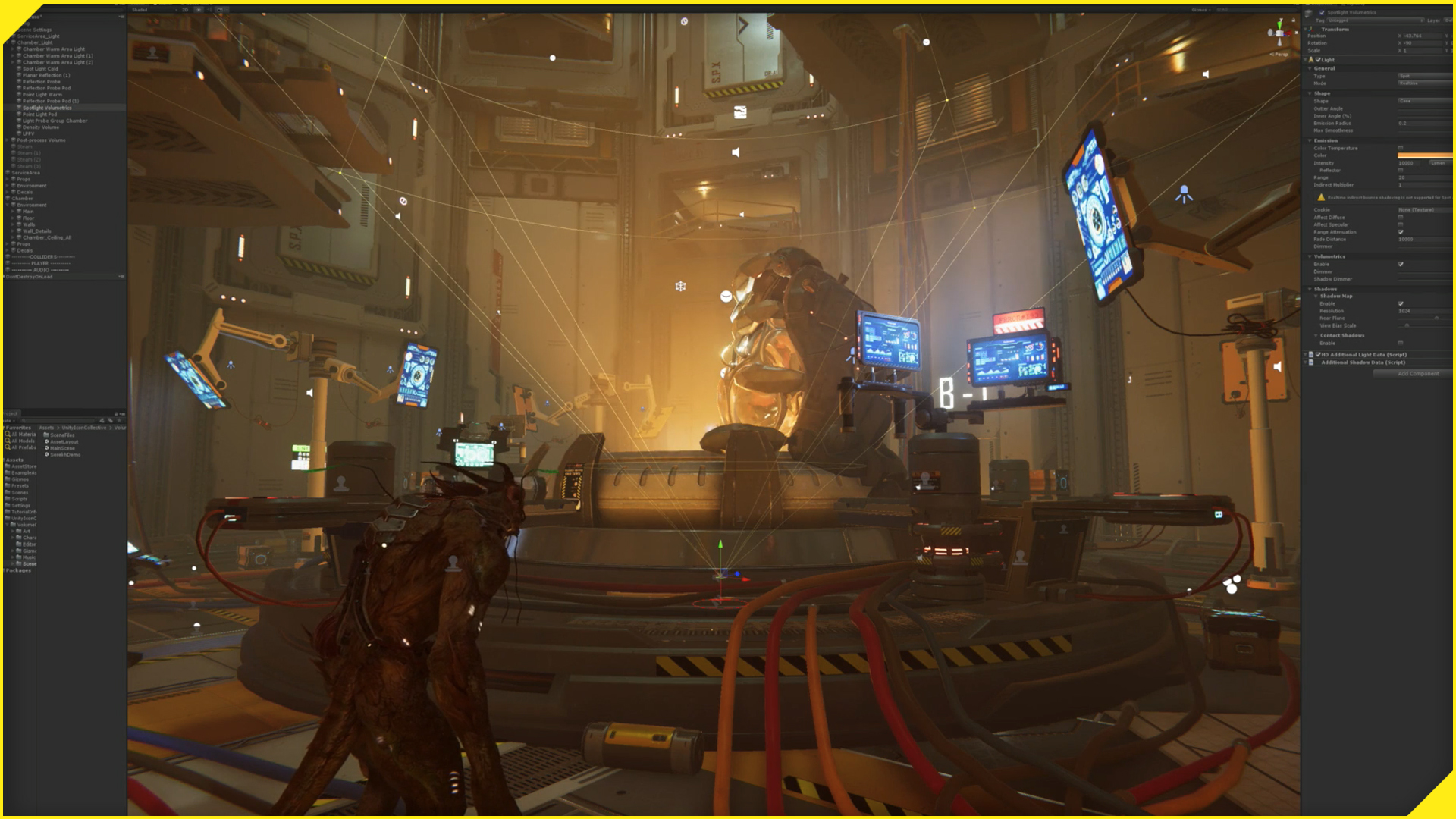
Closure
Thus, we hope this article has provided valuable insights into The Evolution of Visual Fidelity: Exploring the Impact of High-Graphics in Online Games. We hope you find this article informative and beneficial. See you in our next article!